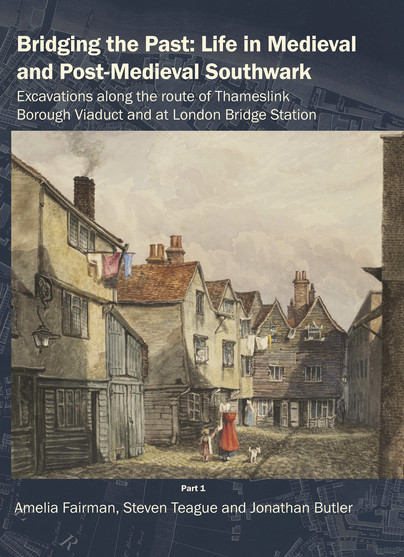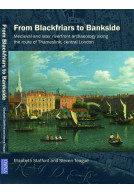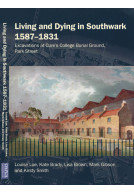Google Books previews are unavailable because you have chosen to turn off third party cookies for enhanced content. Visit our cookies page to review your cookie settings.
Bridging the Past: Life in Medieval and Post-Medieval Southwark (Hardback)
Excavations along the route of Thameslink Borough Viaduct and at London Bridge Station
Imprint: OAPCA
Series: Thameslink Monograph Series
Pages: 722
Illustrations: 417
ISBN: 9780995663633
Published: 30th September 2020
Script Academic & Professional
Series: Thameslink Monograph Series
Pages: 722
Illustrations: 417
ISBN: 9780995663633
Published: 30th September 2020
Script Academic & Professional
You'll be £35.00 closer to your next £10.00 credit when you purchase Bridging the Past: Life in Medieval and Post-Medieval Southwark. What's this?
+£4.99 UK Delivery or free UK delivery if order is over £40
(click here for international delivery rates)
Need a currency converter? Check XE.com for live rates
(click here for international delivery rates)
Need a currency converter? Check XE.com for live rates
Excavations for the Thameslink project at Borough Viaduct and London Bridge Station have provided important new insights into the development of Southwark from the Saxon period up to the 19th century. The landscape of islands and waterways that characterised Roman Southwark was transformed through the 1st and 2nd millennia AD, as new areas were reclaimed for settlement. Lower-lying zones nonetheless remained prone to flooding through much of the medieval period, and the management of drainage channels was clearly a significant concern.
A substantial ditch at Borough Market may have related to Southwark’s Saxon burh defences, and other late Saxon features lay within the probable limits of the burh. Occupation evidence in the form of building foundations and pits increased in the medieval period and into the post-medieval period. Dynamic development over time of the network of property boundaries, streets and alleys was revealed.
Substantial assemblages of artefacts and environmental remains were retrieved, revealing differences in living standards between wealthier and poorer households. Southwark was historically a focus for craft and industry, and evidence was recovered for a range of occupations including bone working, tanning, leather working, pin making and clay pipe making. The large collections of timbers reused in
the revetments of channels beneath London Bridge Station provide evidence of woodworking techniques used in timber-framed housing from the 12th century to the 18th century, and also include numerous fragments of medieval and post-medieval boats. Evidence relating to institutions such as almshouses and St Thomas’s Hospital was also encountered.
Other titles in the series...
Other titles in OAPCA...













